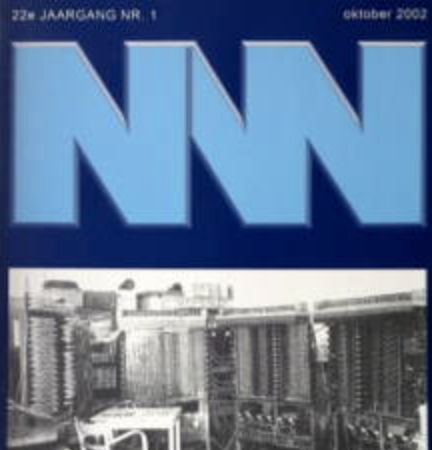Orde van grootte

Tijdschrift voor reken-wiskundeonderwijs, uitgegeven door het Freudenthal Instituut, Universiteit Utrecht in de periode 1981-2013 De Nieuwe Wiskrant berichtte vooral over nieuwe ontwikkelingen op het gebied van wiskundeonderwijs in het voortgezet onderwijs, zoals de vernieuwde tweede fase, ict in het onderwijs, de nieuwe plannen voor vmbo, zelfstandig leren, toetsen en examens, de A-lympiade, de Nationale Wiskunde Dagen, e.d. |
Freudenthal, H.
Nieuwe Wiskrant. Tijdschrift voor Nederlands Wiskundeonderwijs A well-known paradox: a tunnel through the Earth between two points of the surface at a distance of 100 km would save you only about a metre, though it dips a few hundred metres under the ground. Length saving and dipping are not in a linear relation, not even approximately; they are of different orders of magnitude. Other examples: How far can a mouse look, compared with a man? A taut string, 100 m long, from A to B, is lengthened by 1 cm; how deep will it drop at 8? In measurement the number of observations must be increased n^2 times in order to increase the precision n times. Exponential growth looks exorbitant but for numerical approximations one needs much faster procedures, Order of magnitude, though important in applications, is awfully neglected in mathematical instruction. No power series are needed to deal with it; even l’Hôpital’s rule can be avoided. |
U moet ingelogd zijn om een reactie te kunnen plaatsen.


